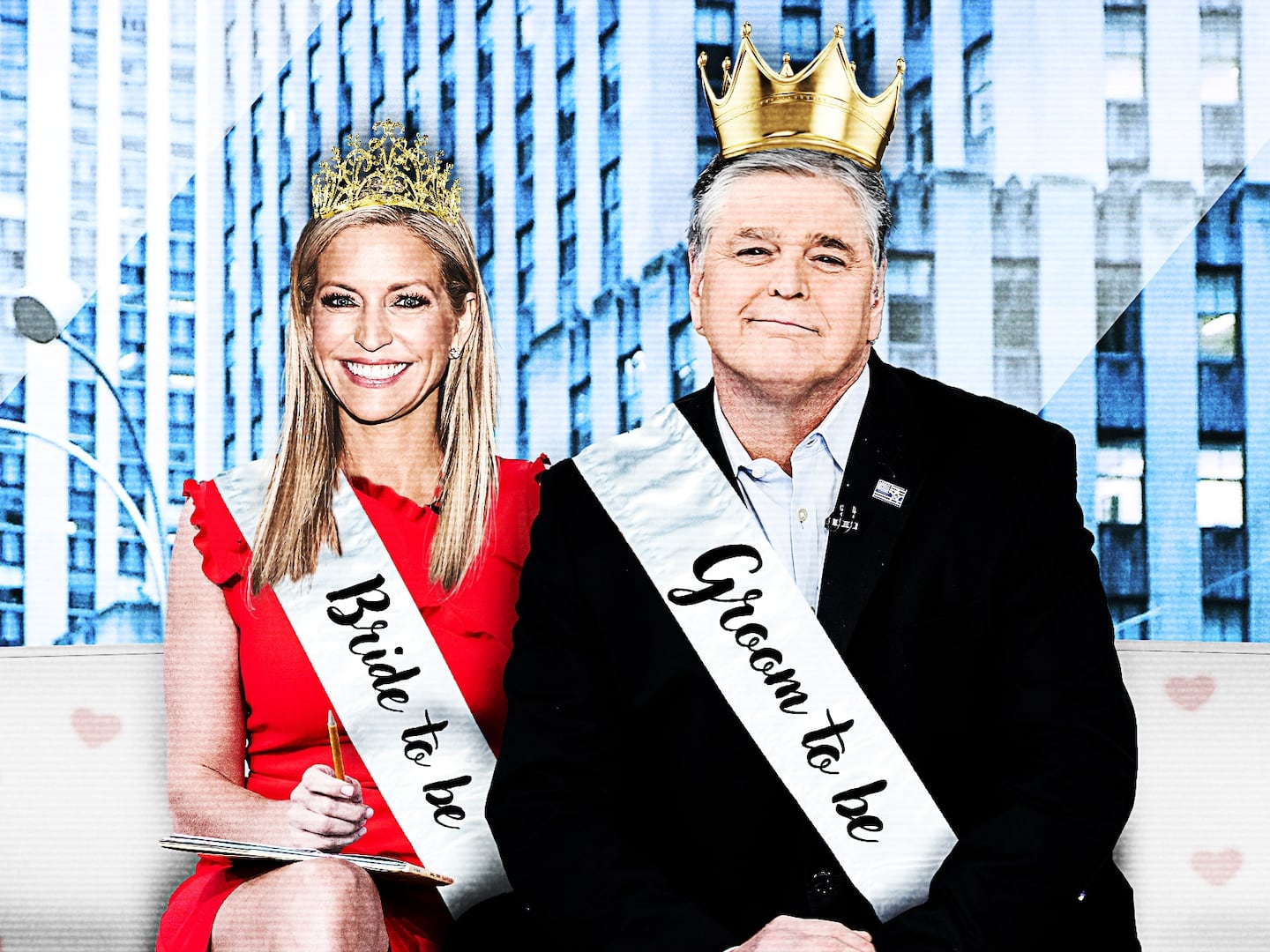Entertainment
Netflix
How We Made ‘Making a Murderer’: Filmmakers Moira Demos and Laura Ricciardi Pull Back the Curtain
BINGE-WORTHY
The duo behind the addictive docuseries defend their work and warn against ‘destructive’ Internet sleuthing. [Warning: Spoilers]

Trending Now




